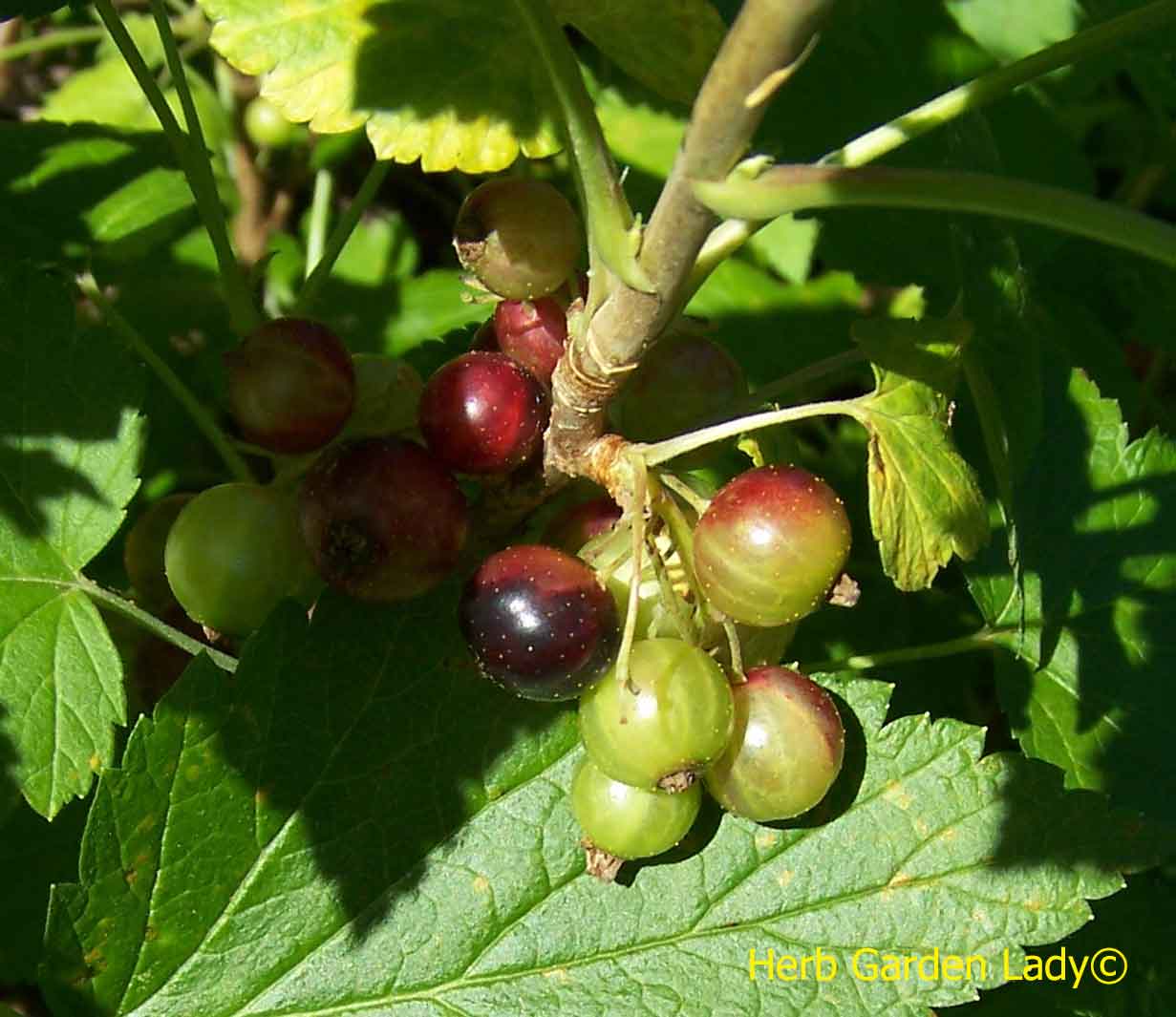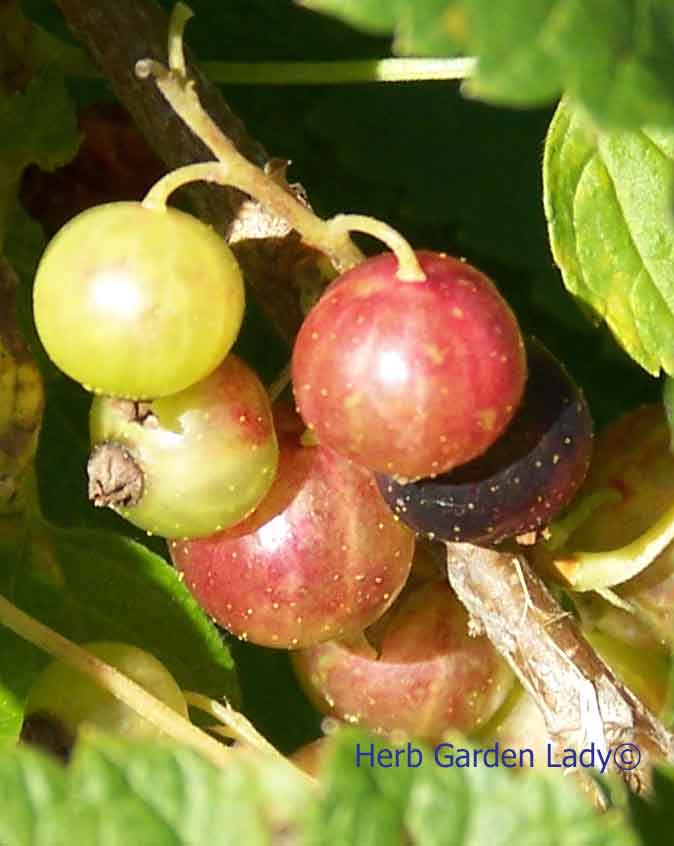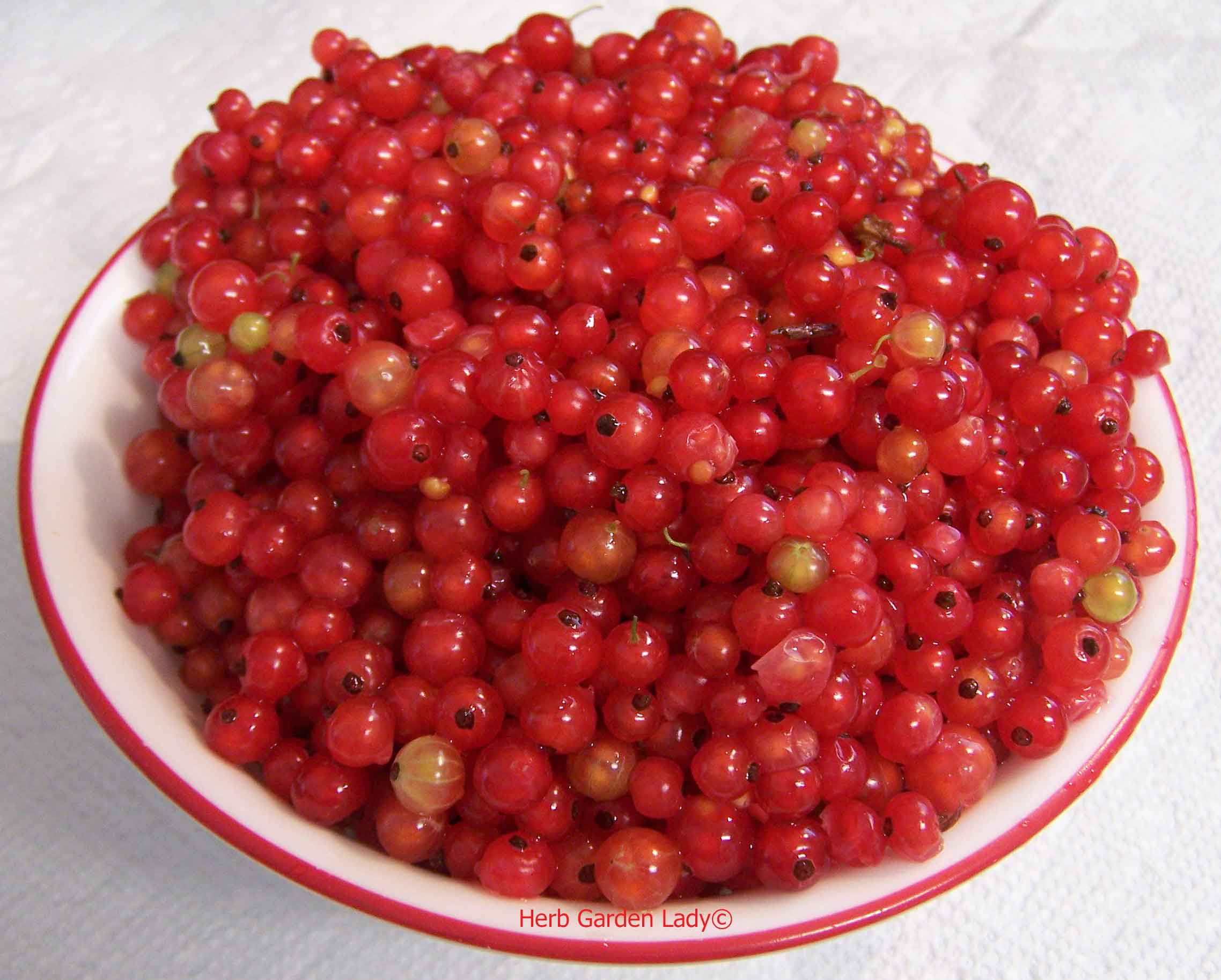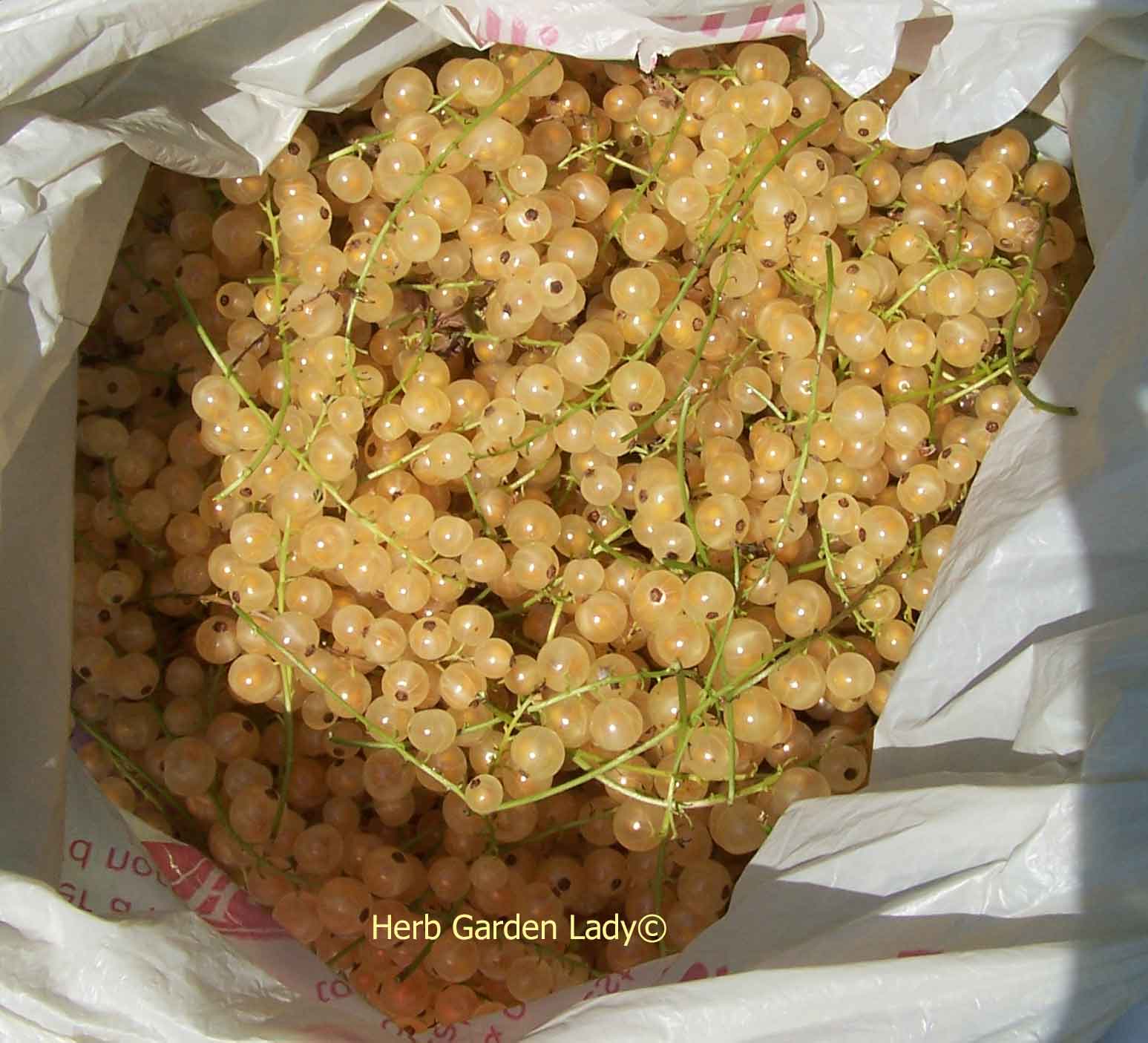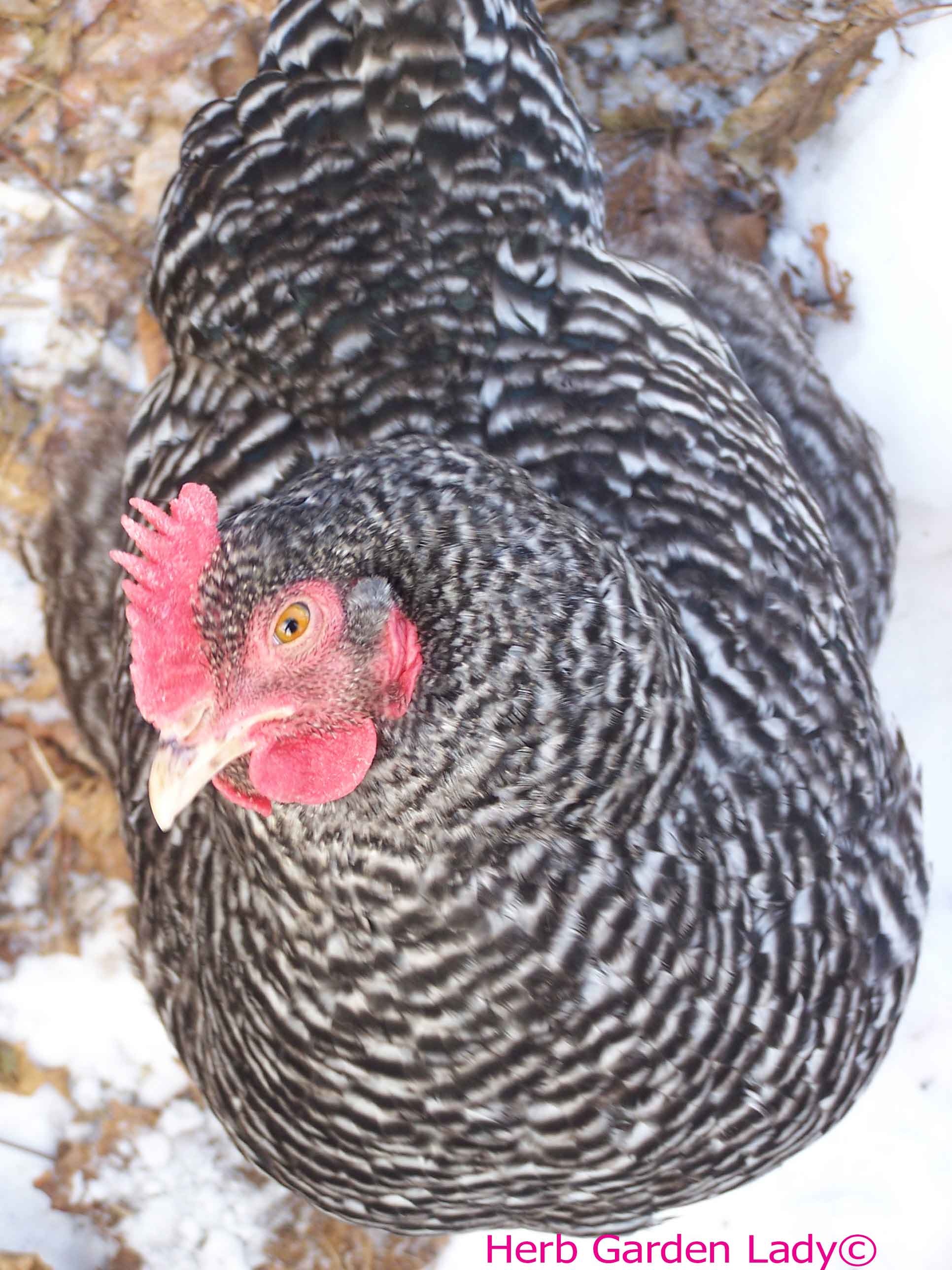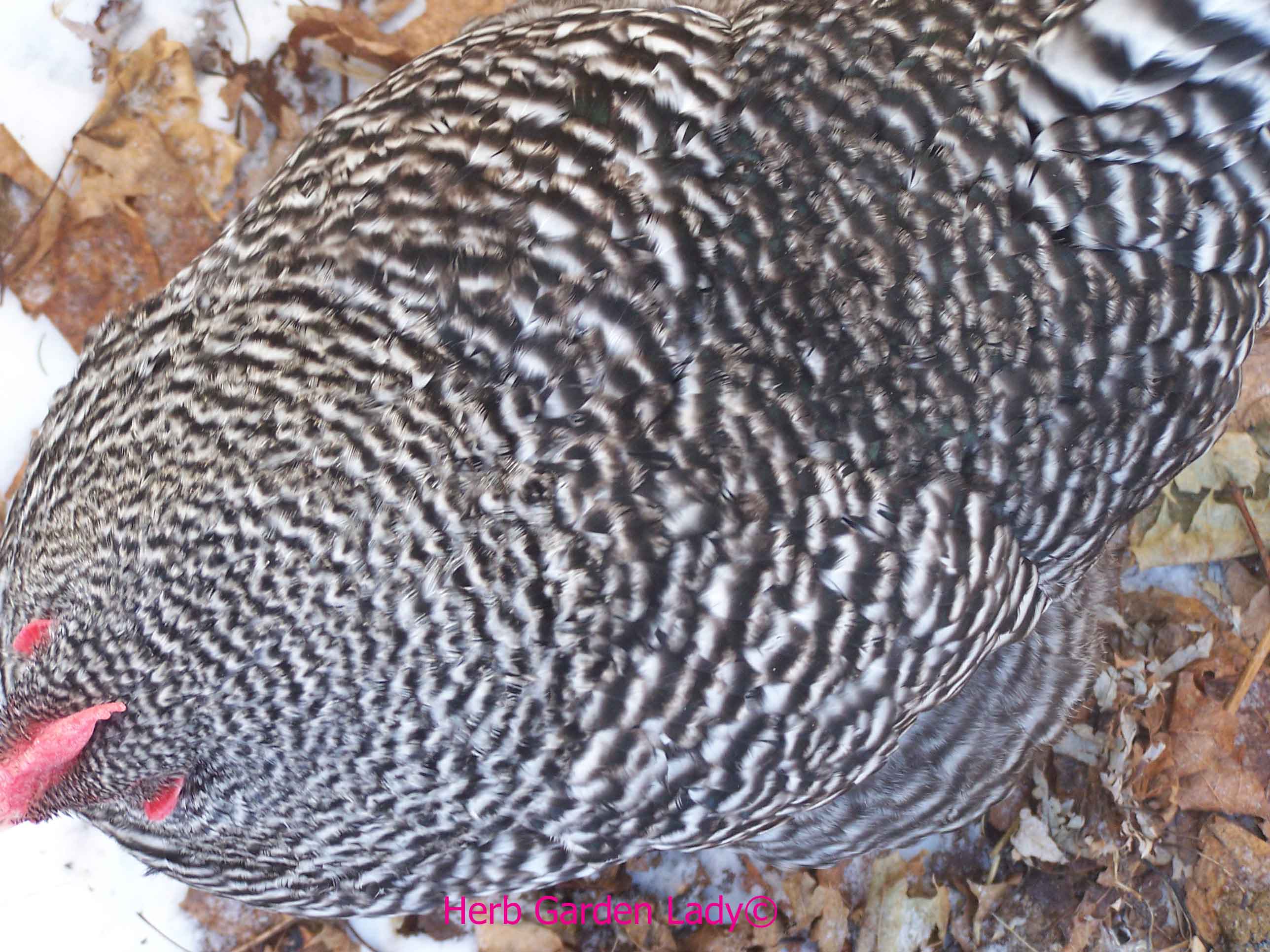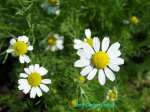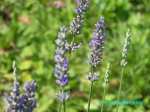Currants
A Tart Tasting Herbal Berry
Currants - Ribes family
This perennial bush plant will grow about 4 feet wide and 3 feet tall. It loves moist to wet soil that is well drained and rich in organic matter. This herb plant is able to retain soil moisture during the dry season and maintain nitrogen.
There are 4 different varieties – pink, white, red and black. Black is the most medicinal because of its strong antioxidant and anti-inflammatory properties.
I grow all 4 varieties here in Vermont. The white variety
can grow up to 6 feet in height as the others grow to about 4 -5 feet depending
on the soil.
Medicinal Properties and Uses
Leaves:
- Used for their diuretic effects
- Elimination of fluid retention
- Reduce blood volume thereby lowing blood pressure
- Sore throat gargle and canker sores
- Treatment of stress related conditions
-
Dried leaves added to herbal teas
Berries
- High in Vitamin C, antioxidant and anti-inflammatory
- Improve resistance to infection
- Herbal remedy for treating colds and flu
- Better than lemon juice
- Great for people with pneumonia, influenza, etc.
- Fresh juice great for diarrhea and calms indigestion
- Make juices, jams, jellies, sauces, shrubs (drinks), vinegars, liqueurs
Seeds
-
Essential fatty acids – linoleic and
alpha-linolenic acids -normal human growth & development
-
18% gamma-linolenic acid - reduces inflammation & cell growth
-
9% stearidonic acid - omega 3 fatty acid
Harvest
- Gather leaves during the growing season for later use in teas
- Fruit is gathered when ripened – use fresh, freeze for later or dry
- Fruit when dried looks like a raisin and is edible
- Add the dried fruit to teas, granola mixes and desserts
- Seeds are extracted for the oil content
Jellies and Jams - Currants
These are some products I’ve made using this delicious herb. As
another season comes I will have more products and photos of the different
varieties.
See more about growing a culinary herb garden or medicinal herb garden here. Herb Uses and Herb Chart provide more herbs to try to grow and use.
Natural Pest Control
They’re easy to care for, but are prone to garden pest like the stink bug and aphids. The stick bug and aphids suck the juice and nutrients from the leaves giving them a light green color, i.e. nitrogen. They also lay eggs inside the fruit similar to a fruit fly.
A good organic solution is to hand pick the stinks bugs off and kill them.
Take your garden hose and spray them off along with aphids. Or create a garlic spray and spray them a few times a week until the problem is reduced.
If you have chickens they’re a natural pest control. I let my chickens eat around the currant plants and eat a few while they’re working.
